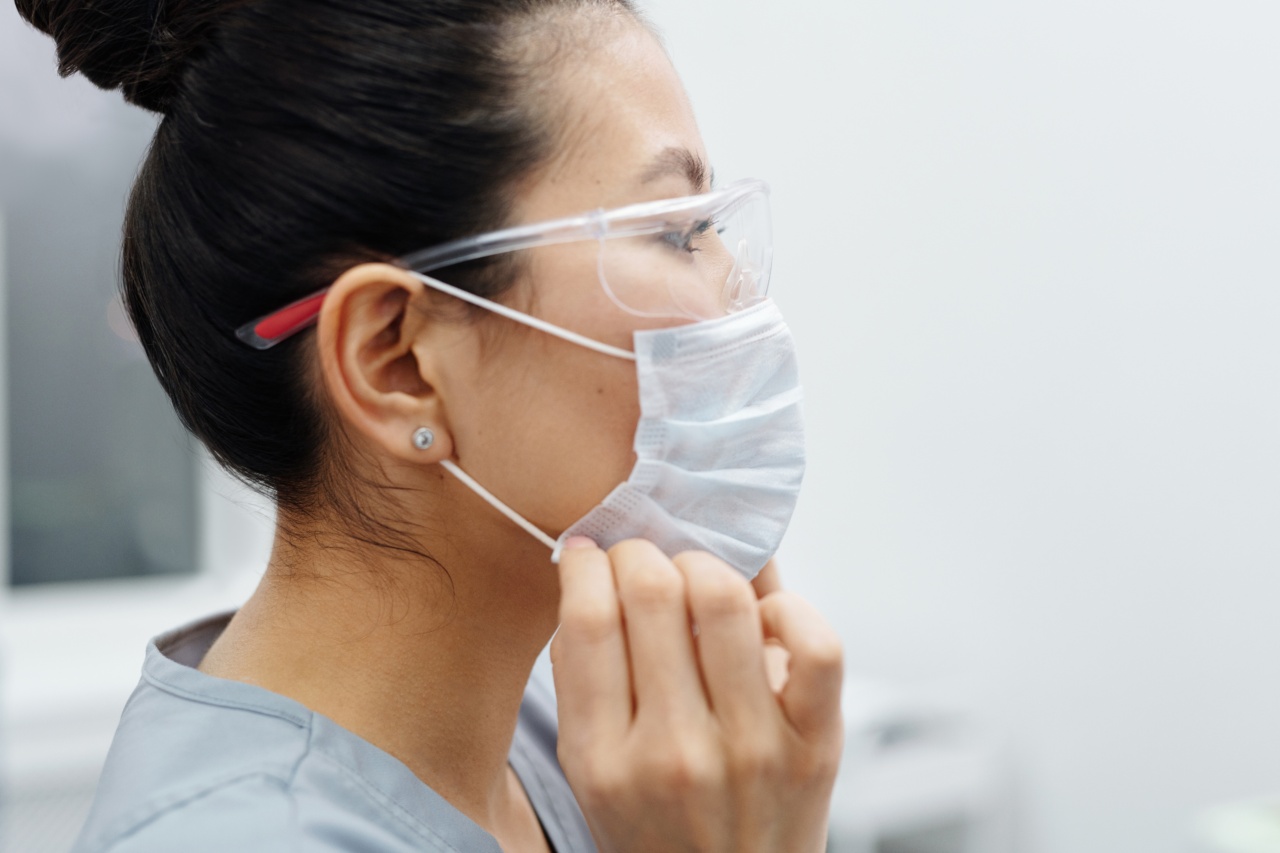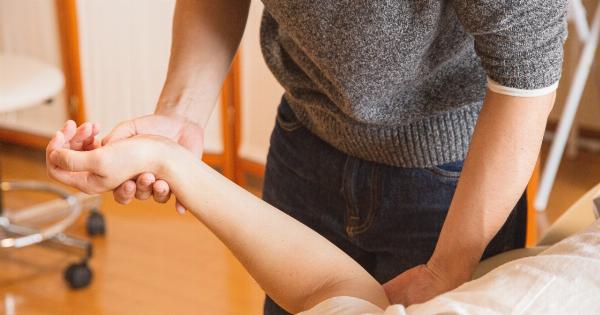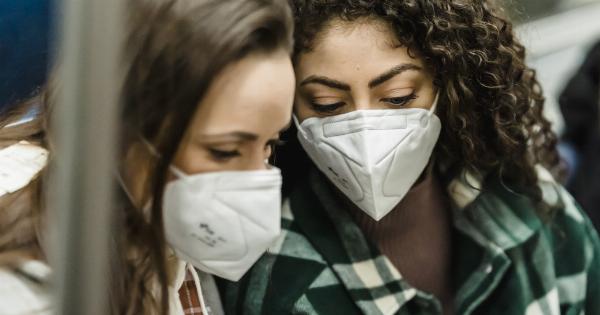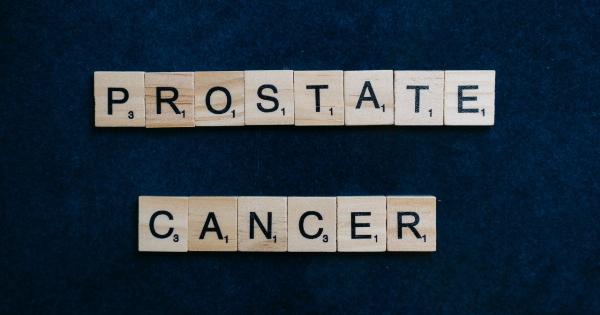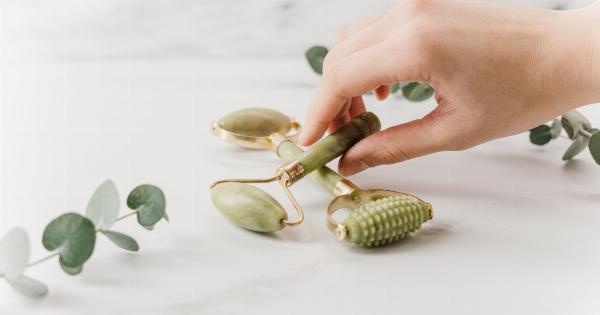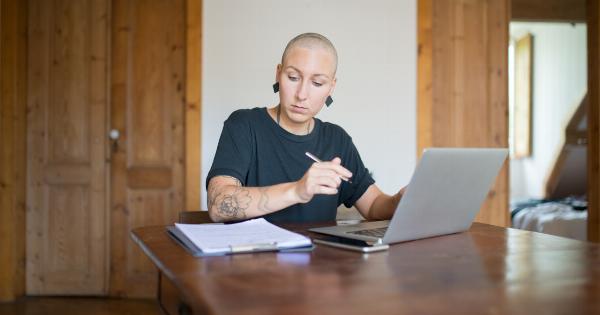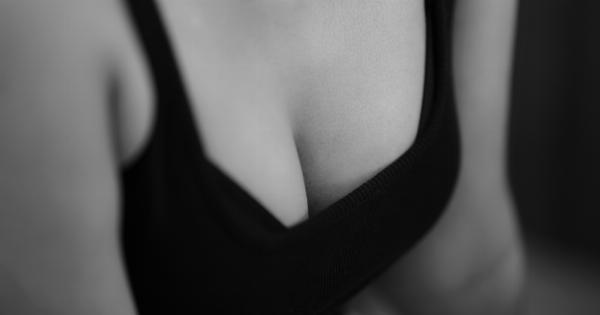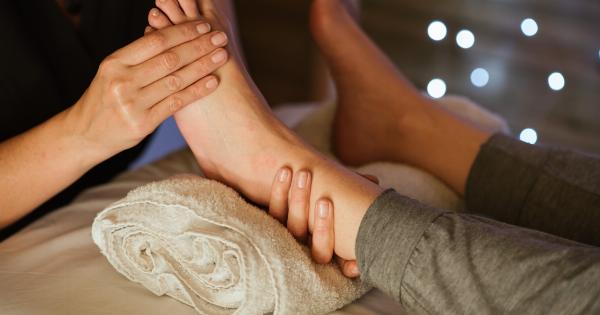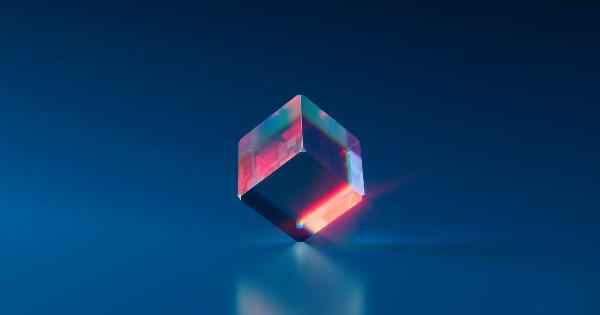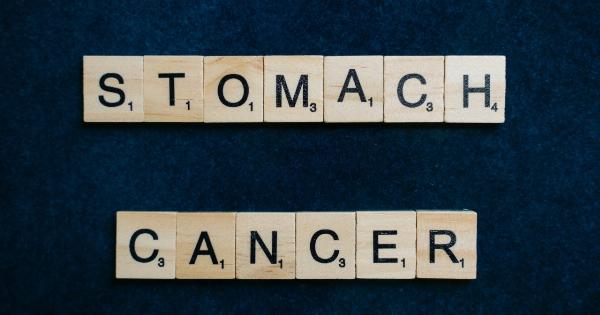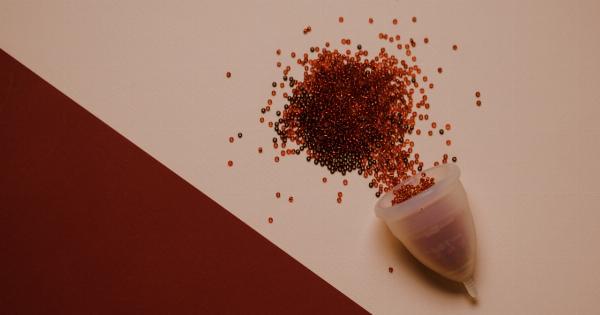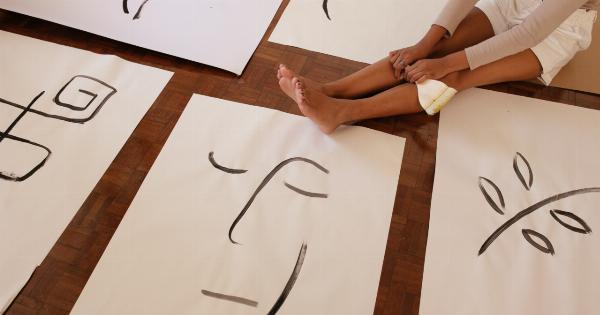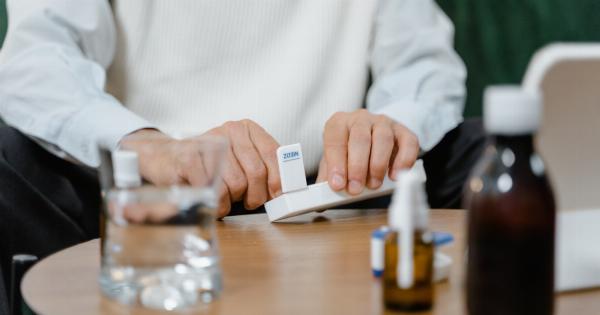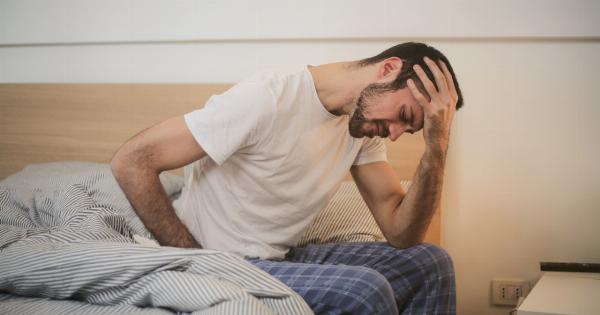Peyronie’s Disease is a condition characterized by the formation of fibrous plaques or scar tissues within the penis, causing penile curvature, pain, and difficulties in achieving or maintaining an erection.
While surgical options such as penile plication or grafting have traditionally been considered as the primary treatment for Peyronie’s Disease, non-surgical alternatives have gained popularity in recent years. This article explores the various non-surgical treatments available for Peyronie’s Disease, their effectiveness, and potential benefits.
1. Oral Medications
One of the non-invasive treatment options for Peyronie’s Disease is the use of oral medications. Although these medications cannot eliminate the plaques or scar tissues, they can help manage symptoms such as pain and erectile dysfunction.
Some commonly prescribed medications include:.
2. Topical Treatments
Topical treatments involve the application of medications directly to the affected area. These medications are usually in the form of gels, creams, or ointments.
While they may not eliminate the plaques entirely, they can help alleviate pain, reduce inflammation, and potentially improve penile curvature:.
3. Extracorporeal Shockwave Therapy (ESWT)
Extracorporeal Shockwave Therapy is a non-invasive procedure that uses shockwave energy to break down the scar tissues and stimulate healing in the penis.
ESWT has shown promising results in reducing penile curvature and improving erectile function in some patients with Peyronie’s Disease:.
4. Penile Traction Devices
Penile traction devices are devices that exert a stretching force on the penis over an extended period. This continuous stretching aims to gradually straighten the penile curvature caused by Peyronie’s Disease.
While some evidence suggests potential benefits, more research is needed to establish the effectiveness of penile traction devices:.
5. Injections
Injections are another non-surgical treatment option for Peyronie’s Disease.
These injections are typically administered directly into the plaques or scar tissues and aim to break down the fibrous tissues, improve blood flow, and reduce penile curvature. Some commonly used injections include:.
6. Oral Supplements
Oral supplements are natural or herbal remedies that claim to help reduce the symptoms of Peyronie’s Disease.
While scientific evidence supporting their efficacy is limited, some individuals may find relief from symptoms through the use of certain supplements:.
7. Platelet-Rich Plasma (PRP) Therapy
Platelet-Rich Plasma (PRP) therapy involves injecting concentrated platelets derived from the patient’s own blood into the penile tissue.
The growth factors present in platelets are believed to promote tissue repair and regeneration, potentially improving the symptoms of Peyronie’s Disease:.
8. Low-Intensity Ultrasound Therapy
Low-Intensity Ultrasound Therapy is a non-invasive treatment that utilizes ultrasound waves to break down the plaque and fibrous scar tissue in the penis. This therapy aims to reduce penile curvature and improve erectile function.
While more studies are needed to establish its efficacy, preliminary results have shown promise:.
9. Lifestyle Modifications
Adopting certain lifestyle modifications may help manage the symptoms associated with Peyronie’s Disease. These modifications include:.
10. Psychological Support
Dealing with Peyronie’s Disease can be emotionally challenging, as it affects a person’s sexual life and self-esteem.
Seeking psychological support or counseling can aid in coping with the emotional impact of the condition and improving overall well-being:.
